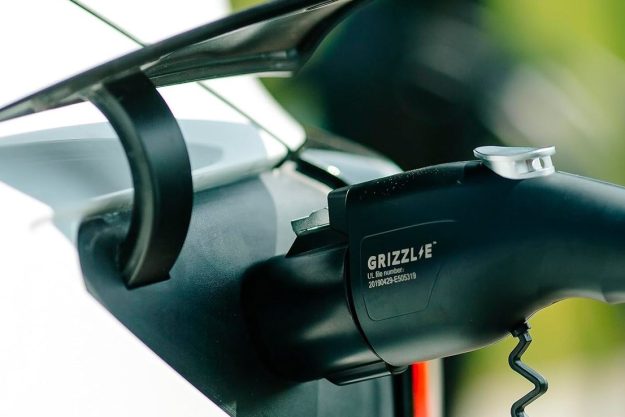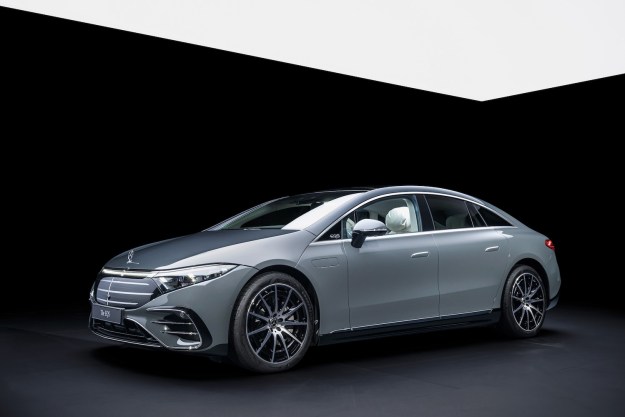Selling your car privately is more of a hassle than trading it in, but it’s the best way to end the transaction with more cash in your pocket. It’s not as daunting as it seems, either. You don’t need to be an experienced sales professional or a car expert to find a new home for your vehicle. There are basic guidelines to follow, and we’ve listed them all here.
We know what we’re talking about: Your author has bought and sold over 40 cars and worked at dealerships.
Getting started
Step 1: Verify the car’s make and model as well as its model year. The easiest way to do this is to find your vehicle identification number (VIN), which is generally located where the dashboard meets the windshield on the driver’s side (if it is not there, open the driver’s door and inspect the area where the door latches when closed). After you’ve found the number, use one of the many free VIN decoders on the internet to see what it corresponds to.

Step 2: Look up your car’s market value using guides like Kelly Blue Book and the National Automobile Dealers Association (NADA). Log on to either site, select your vehicle, choose its condition, report its current mileage, list its main options, and let the guides do their work. When they’re done, they’ll give you a ballpark suggestion.
Next, visit popular classifieds websites (like Craigslist) and look for vehicles similar to yours listed in your area. Compare the asking price to the book value, and you’ll have a decent idea of what your car is worth.
Step 3: Gather any and all documents a potential buyer can use to piece together the car’s history. This includes maintenance records, invoices for parts you’ve installed yourself, and the original window sticker if you still have it.
Step 4: Take lots of pictures. If there’s road rash on the hood because you’ve driven 15,000 miles annually for the past three years, photograph it. If you take such good care of your 20-year-old car that it looks like it was built yesterday, photograph it. Is there a rip in the driver’s seat? Photograph it. The better the photos, the more likely you are to sell your car. You want to convince buyers yours is the one they want, so don’t forget to wash and detail it before the photoshoot. No potential buyer wants to look at a dirty car. Even if it’s a beater, try to clean it up.
Step 5: Figure out where you’d like to sell your car. You’ll normally have better luck listing it online than parking it on the side of the road with a “for sale” sign on the windshield, though that could work, too, depending on where you live. Craigslist and Facebook Marketplace are great starting points because they get a huge amount of traffic and let you upload several photos. Local online classifieds (if applicable) should be on your radar as well.
Writing your ad
Step 6: Your ad needs to be as concise as possible. Clearly list the year, make, model, mileage, and the overall condition. Mention noteworthy options, and be upfront about significant mechanical and cosmetic issues. Don’t try to match the word count of Homer’s The Odyssey; you’re not writing a novel. And, for the love of English grammar, don’t write the entire ad in capital letters.
Here’s an example:
“Hi, I’m selling my 2007 Subaru Outback 2.5. It’s silver with a black interior. It has a clean title, about 119,000 miles, and an automatic transmission. I have all of the service records since new; recent work includes an oil change and new front brake pads. There’s a dent on the hood but it’s in great shape otherwise. Features include leather, rubber floor mats, and a CD player. I’m asking $6,500 or best offer; no trades, please. Email is the best way to reach me.”
Quick, simple, detailed, and polite. Someone looking for an Outback will know enough about what you’re selling to decide whether making an appointment to look at it is worth their time (and yours). Single-sentence listings (e.g., “HI I’M SELLING AN OUTBACK CALL ME!!!! :D”) will get you absolutely nowhere.
Step 7: In our experience, it’s wise to insist on speaking via email first and to only give your phone number to buyers who are genuinely interested. Your mileage may vary. Either way, when setting up an appointment, keep in mind you have absolutely no idea who you’re dealing with. Agree to meet somewhere public and well lit. The local coffee shop, for example. Avoid giving strangers your address, welcoming them to your house, and showing them what else is in your garage. Of course, if you’re selling a car that’s sinking in your backyard, you may not have a choice.
Don’t freak out if the buyer requests a test drive; you would, too, wouldn’t you? Toss the person the keys and hop in next to them. Or, if you’d rather not, ask that they leave you the keys to their own car (or something else that’s valuable) while they’re out and about. As always, use common sense: If a 16-year-old wants to take your 707-horsepower Dodge Challenger Hellcat for a spin, it’s a good idea to suggest they come back with an adult. If you’re selling a stick to someone who can’t drive one, ask that they come back with a friend who can shift gears.
During the sale
Step 8: Haggling is human nature. Going back to our imaginary $6,500 Outback, don’t get offended if someone offers you $6,300. Whether you accept that offer is up to you. If you want it gone as soon as possible, take a $200 hit and call it a day. If you’ve got time and 18 other emails about the car lurking in your inbox, odds are you can sell it for your asking price. Alternatively, you can try to split the difference and make a counteroffer at $6,400.
Don’t feel pressured into accepting a ridiculous low-ball offer. If someone pitches you $2,500, say goodbye and go home. Remember that the car is yours until you sign over the title; how much you sell it for is your decision.
Selling your car for cash is preferable because it’s straightforward, especially if you’re dealing with a relatively low sum. There are other payment options you can explore if needed, like a banker’s check, a United States Postal Service-sanctioned money order, or even Paypal. Never accept a personal check under any circumstance, and don’t fall for the “my second-cousin in Zimbabwe will pay you via Western Union next week” scam.

Step 9: Make sure the paperwork is in order. In most states, selling a car requires filling out several fields on the back of the title, like the car’s price, the date of the sale, and the new owner’s personal information. If you still owe money on it, you may need to pay the bank before the title gets released. Some states require a bill of sale, too.
Never hand over the keys and/or the title before getting paid; that’s begging for trouble. If the buyer didn’t bring cash or doesn’t have enough to cover the purchase price, ask that they come back when they’ve got it and keep the car, its keys, and its title until then.
Also, it’s a good idea to keep a scan or a photograph of the signed title for your own records.
Editors' Recommendations
- The 5 best front and rear dash cams for cars in 2024
- Here’s how EVs charge as they drive on a stretch of Michigan road
- Mercedes G580 electrifies an off-road icon
- The 10 best car battery brands in 2024
- Cybertruck production reportedly halted over pedal issue



